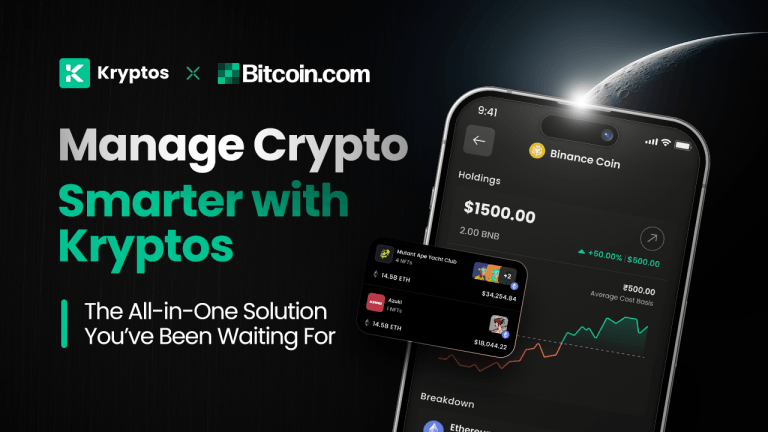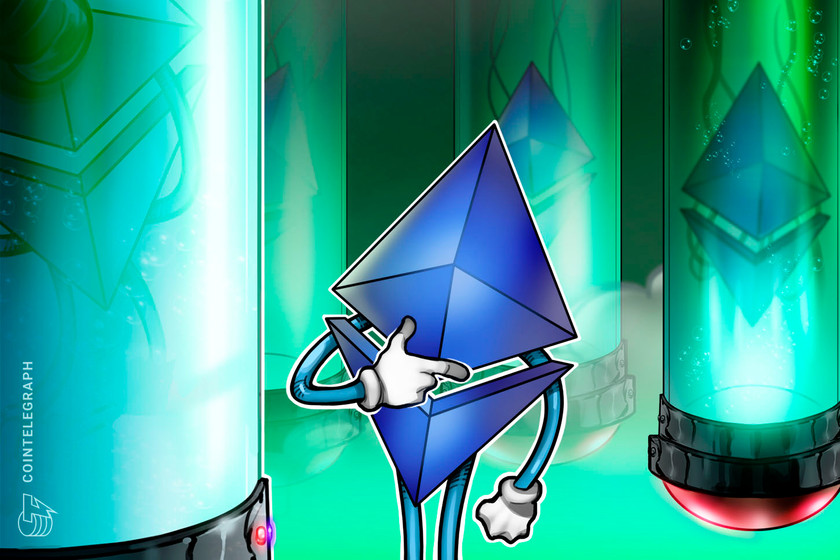
It comes as the number of monthly active teams for the blockchain reached 11,800 in July, up from 8,000 in March.
The number of decentralized applications (DApps) on Ethereum-scaling-platform Polygon has topped 37,000, marking a 400% increase since the start of 2022.
The Polygon team shared the figures via an Aug. 10 blog post, which was sourced from partnered Web3 development platform Alchemy, noting that the figure represents the cumulative number of applications ever launched on both the testnet and mainnet.
It also noted that the number of monthly active teams — a measure of developer activity on a blockchain — reached 11,800 at the end of July, up a whopping 47.5% from March.
The project team also highlighted a breakdown of dApp projects which notably showed that “74% of teams integrated exclusively on Polygon, while 26% deployed on both Polygon and Ethereum.”
Polygon’s EVM compatible Proof-of-stake (PoS) blockchain hosts dApps from a long list of prominent projects and brands in the crypto space, such as NFT marketplace OpenSea, Metaverse platforms Decentraland and The Sandbox, decentralized finance (DeFi) lending platform Aave, and NFT venture fund/gaming firm Animoca Brands.
The blog post stated dApp usage on Polygon has seen more than “142 million unique user addresses and $5 billion in assets secured” with around 1.6 billion transactions processed on the network to date.
Polygon CEO Ryan Wyatt was clearly pleased with the growth, as he took to Twitter to note that "we're having quite a year at Polygon."
We’re having quite a year at @0xPolygon
— Ryan Wyatt (@Fwiz) August 11, 2022
~500 dApps in November, now 37,000+ with 11.8k active teams.
“Many projects are increasingly choosing to build solely on Polygon. Alchemy data shows that 74% of teams integrated exclusively on Polygon”https://t.co/ERiLHJiVdh pic.twitter.com/UzKZPlazWD
Earlier this year, the Polygon team cited its partnership with Alchemy as a key driver behind the surging number of dApps being built on the network, as the Web3 platform’s infrastructure makes it “significantly easier for Polygon developers” to build dApps.
“Polygon’s partnership with Alchemy in June 2021 proved to be an adoption catalyst, sending the number of dApps running on the network to 3,000 in October, 7,000 in January, and over 19,000 as of April,” the post read.
Related: Ethereum will outpace Visa with zkEVM Rollups, says Polygon co-founder
The post highlighted Alchemy’s platform tooling, Web3 and dApp infrastructure such as application programming interfaces (APIs) and also Alchemy working “hand-in-hand with Polygon to resolve and mitigate network-level incidents when they occur.”
With the crypto markets showing signs of a potentially bullish recovery of late, Polygon’s native asset MATIC has pumped a hefty 66.3% in the past month to sit at $0.92 at the time of writing, according to CoinGecko. Its current market cap of $6.9 billion makes MATIC the sixteenth largest asset in crypto.






















